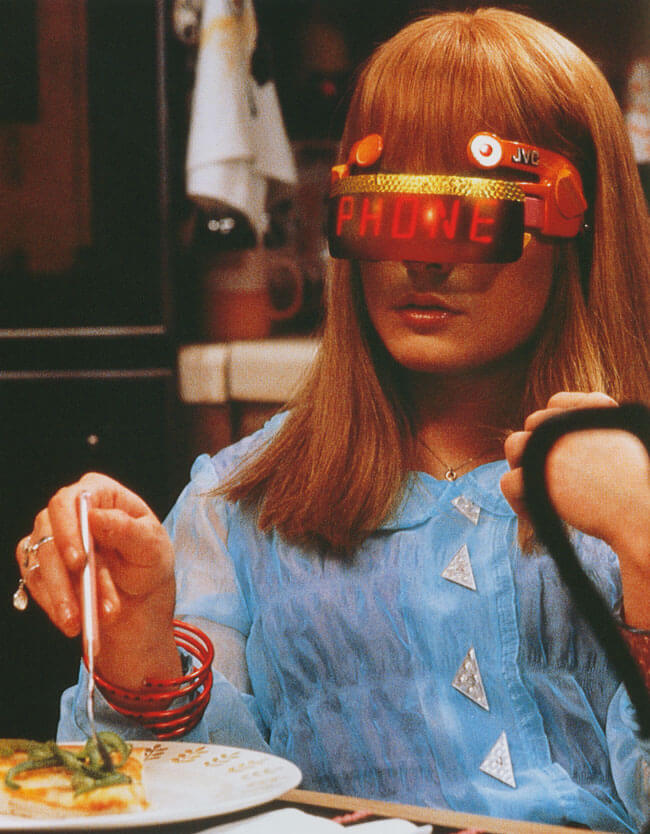Welcome [Back] To The Future
In the second Back to the Future film in the trilogy, teenaged Marty McFly ventures 30 years into the future to Oct. 21, 2015. Yes, in real life, it’s actually referred to as Back to the Future Day.
Whereas the film got a few things wrong — fax machines aren’t exactly the hot item in 2015 — it also correctly imagined videoconferencing, VR headsets, biometrics and rejuvenation clinics.
USC Viterbi researchers weigh in on five pieces of future technology the film imagined, how the technology has manifested in the real 2015 and, if not, what the principal stumbling blocks have been. — Adam Smith
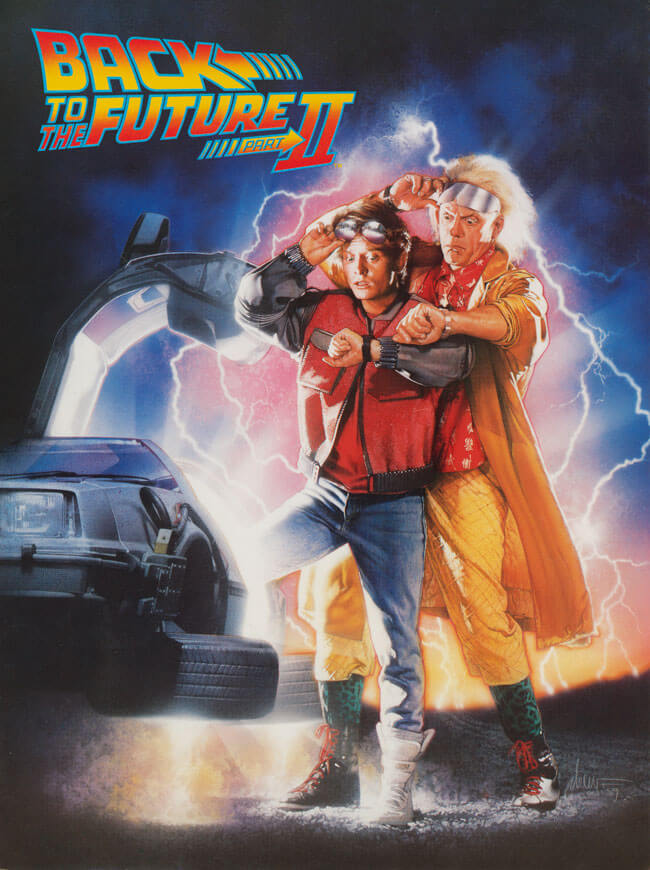
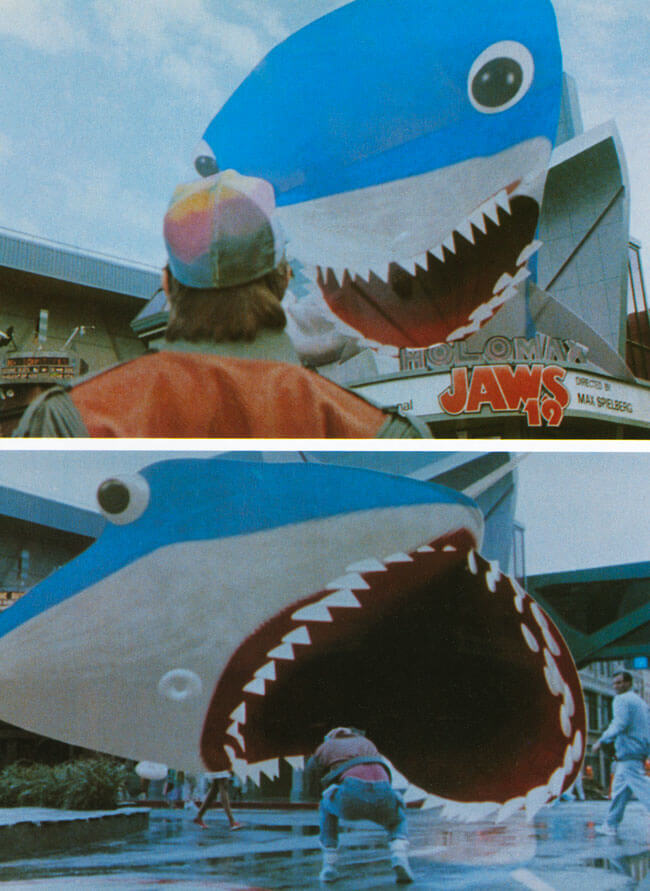
3-D HOLOGRAMS
“There’s been progress in glasses-free 3-D displays – including the spinning-mirror light field display that USC ICT developed with USC Cinema, but no one yet has a way to project solid-looking 3-D imagery into thin air at nearly the scale as the shark hologram in Back to the Future. However, soon-to-be-available augmented reality products like Magic Leap and Microsoft HoloLens will provide almost exactly that experience … if you’re OK with wearing a headset.”
— Paul Debevec, chief visual officer, USC Institute for Creative Technologies (ICT)
DRONE REPORTERS and DOG WALKERS
“In the last few years, small drones have become common in photography and videography, making them ideal tools for photojournalism. ‘Follow-me’ drones are popular in extreme sports, and drones specifically designed to follow a moving target have skyrocketed. Follow-me technology makes drones ideal for photojournalism, although a team of drones covering different angles would make for a better story. The same technology could be used for dog walking, although most dogs would easily overpower these drones, so a team of drones might be necessary to maintain control. What’s preventing this from becoming reality is the ability to automatically coordinate teams of robots with simple instructions, which is the subject of my research.”
— Nora Ayanian, assistant professor, Department of Computer Science
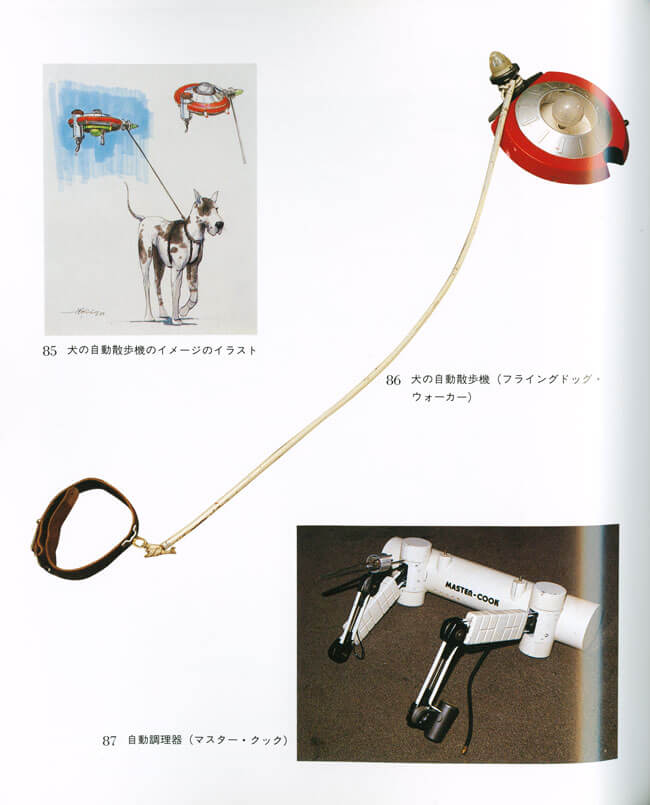
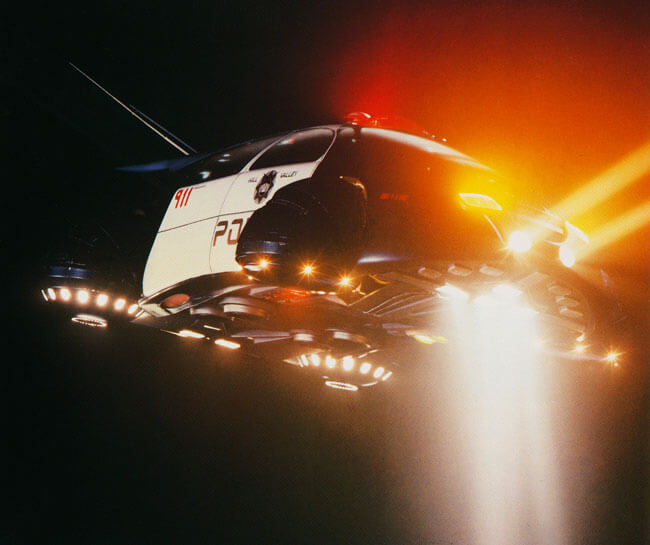
FLYING CARS
“The principal problem of a flying car is there are diametrically opposed design constraints on the weight. One of the driving factors in aircraft design is weight reduction or minimization, because much work must be done to support the weight in air. On a plane, wings must be pulled or pushed through the air fast enough to provide lift to overcome weight, though once airborne, traffic congestion and impact avoidance are not major difficulties. However, in a car, lightweight materials may crumple like paper upon impact, and sturdy cars that pass safety tests weigh too much. The most promising designs perhaps are coming from blending planes and motorcycles, rather than cars.”
— Geoff Spedding, chair, Department of Aerospace and Mechanical Engineering
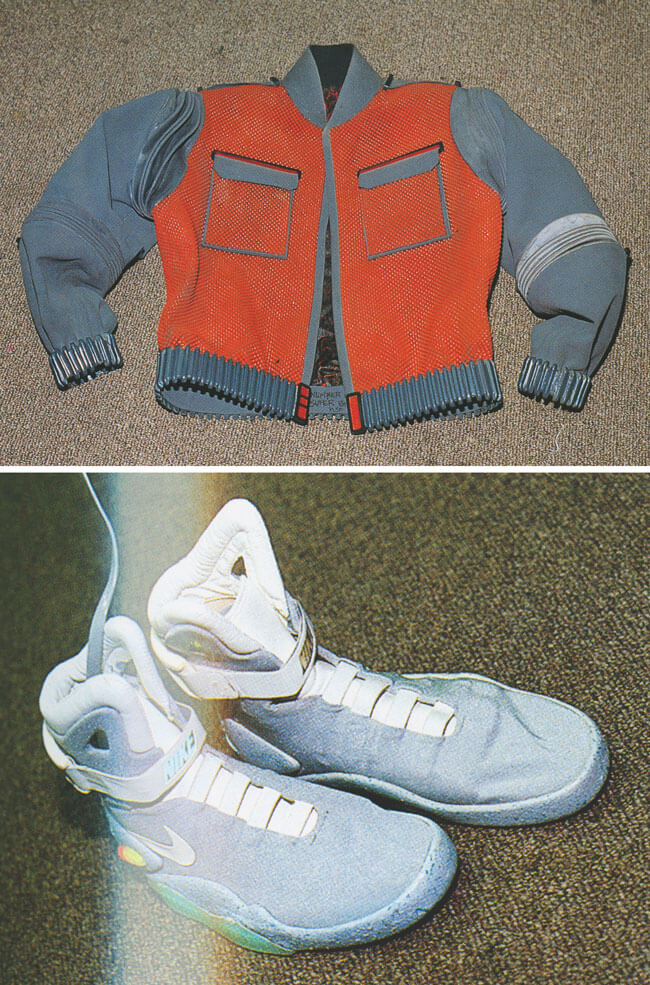
SIZE-ADJUSTING, SELF-DRYING CLOTHES
“The idea of a jacket that adjusts its size and dries when wet is very clever. Researchers, including myself, are not really studying how to dry fabrics, but we are instead looking into how to prevent them from getting wet. For example, my lab studies how to coat fabrics with thin layers of water-repelling polymer so that water droplets bead up, and therefore no one gets wet.”
— Malancha Gupta, associate professor, Mork Family Department of Chemical Engineering and Materials Science
WEARABLE EYEGLASS VIDEOPHONES
“It’s amazing how production designers back then thought about putting EEG-looking biosensors on immersive head-mounted displays. There is actual research around this idea, on how to use our minds as a control interface, but probably years later. If scientists would work closer with futurists and artists, this might have already been rolled out to production. While the comeback of virtual reality is just happening, the retro ’80s look of these devices is probably also not completely outdated; that might also come back!”
— Hao Li, assistant professor, Department of Computer Science
